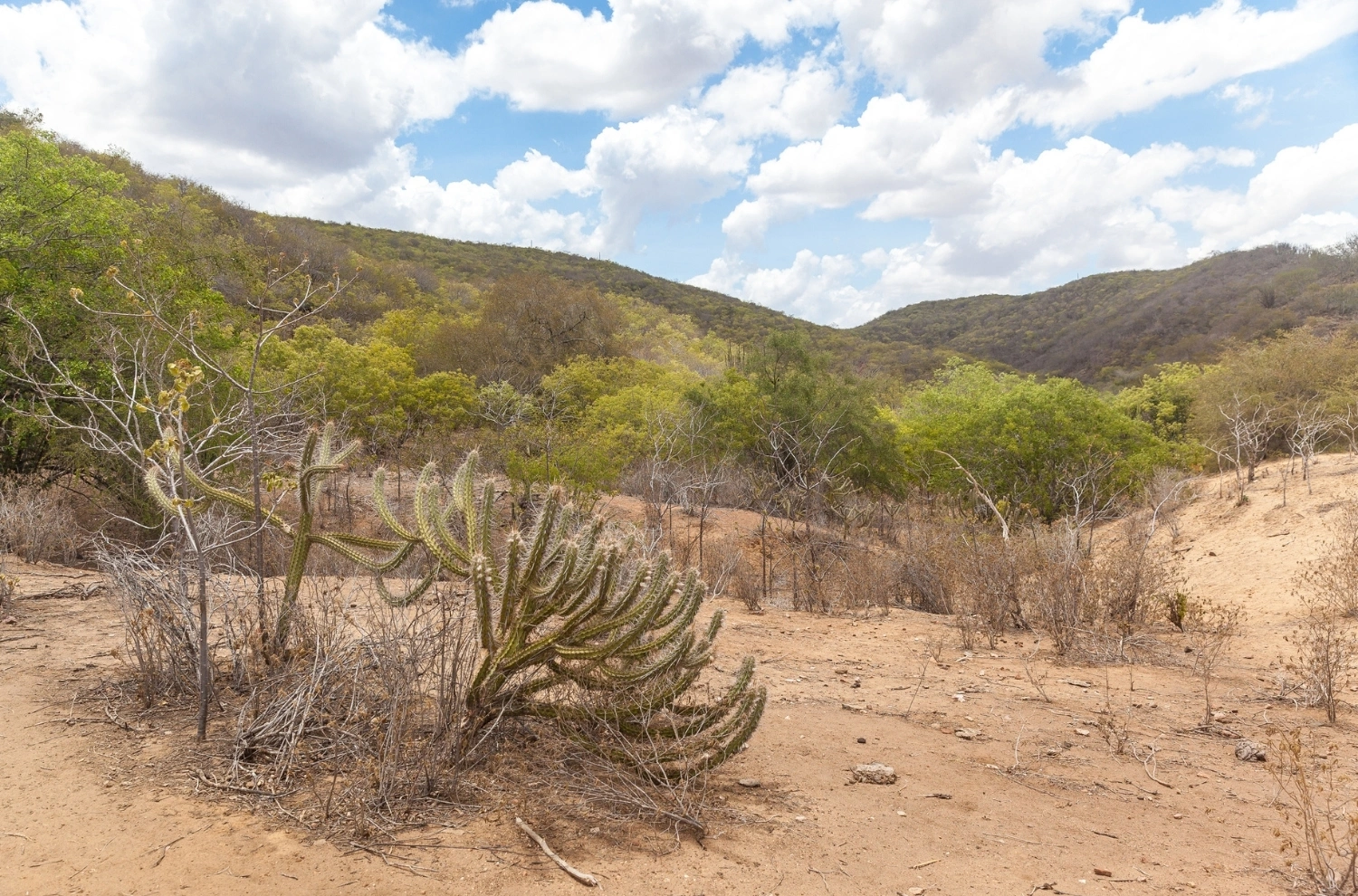Introduction
The natural world is a complex and interconnected web of life, where living organisms interact with each other and their physical surroundings. Two fundamental concepts in ecology—ecosystems and biomes—help us understand how life is organized on Earth. While these terms are sometimes used interchangeably, they refer to different scales of ecological study.
This beginner’s guide will explain what ecosystems and biomes are, how they differ, and why they are essential for sustaining life on our planet.
1. What Is an Ecosystem?
An ecosystem is a community of living organisms (plants, animals, and microbes) interacting with their non-living environment (air, water, soil, and climate). These interactions create a functional unit where energy flows and nutrients cycle.
Key Components of an Ecosystem
Ecosystems consist of two main components:
A. Biotic Components (Living Organisms)
- Producers (Autotrophs): Organisms like plants, algae, and some bacteria that produce food through photosynthesis.
- Consumers (Heterotrophs): Animals that eat other organisms (herbivores, carnivores, omnivores).
- Decomposers (Detritivores): Fungi and bacteria that break down dead matter, recycling nutrients.
B. Abiotic Components (Non-Living Factors)
- Climate: Temperature, rainfall, and sunlight.
- Soil: Composition, pH, and nutrient availability.
- Water: Availability of freshwater or saltwater.
- Air: Oxygen, carbon dioxide, and other gases.
Types of Ecosystems
Ecosystems can be classified into two broad categories:
1. Terrestrial Ecosystems (Land-Based)
- Forests: Tropical rainforests, temperate forests, boreal forests.
- Grasslands: Savannas, prairies, steppes.
- Deserts: Hot deserts, cold deserts.
- Tundras: Arctic tundra, alpine tundra.
- Mountains: High-altitude ecosystems with unique climates.
2. Aquatic Ecosystems (Water-Based)
- Freshwater: Lakes, rivers, ponds, wetlands.
- Marine: Oceans, coral reefs, estuaries.
How Do Ecosystems Function?
Ecosystems operate through:
- Energy Flow: Sunlight → Producers → Consumers → Decomposers.
- Nutrient Cycling: Carbon, nitrogen, phosphorus, and water move through the ecosystem.
- Food Chains & Food Webs: Show feeding relationships among organisms.
2. What Is a Biome?
A biome is a large-scale ecological area defined by its climate, vegetation, and animal life. Unlike ecosystems, which can be small (like a pond), biomes cover vast regions (like an entire desert or tropical rainforest).
Key Characteristics of Biomes
- Climate: Determines temperature and precipitation patterns.
- Vegetation: Dominant plant types (e.g., trees in forests, grasses in savannas).
- Wildlife: Animals adapted to the biome’s conditions.
Major Types of Biomes
Biomes are broadly divided into terrestrial (land) and aquatic (water) categories.
A. Terrestrial Biomes
- Tropical Rainforest
- Climate: Hot and wet year-round.
- Flora: Dense canopies, broadleaf trees, epiphytes.
- Fauna: Monkeys, toucans, jaguars, insects.
- Temperate Forest
- Climate: Four distinct seasons, moderate rainfall.
- Flora: Deciduous trees (oak, maple), ferns.
- Fauna: Deer, foxes, squirrels, birds.
- Grassland (Savanna & Prairie)
- Climate: Seasonal rainfall, warm temperatures.
- Flora: Grasses, scattered trees (savannas).
- Fauna: Zebras, lions (savanna); bison, prairie dogs (prairie).
- Desert
- Climate: Very dry, extreme temperature shifts.
- Flora: Cacti, succulents, shrubs.
- Fauna: Camels, snakes, scorpions.
- Tundra
- Climate: Cold, short summers; permafrost.
- Flora: Mosses, lichens, dwarf shrubs.
- Fauna: Polar bears, Arctic foxes, caribou.
- Taiga (Boreal Forest)
- Climate: Long winters, short summers.
- Flora: Coniferous trees (pine, spruce).
- Fauna: Moose, wolves, bears.
B. Aquatic Biomes
- Freshwater (Lakes, Rivers, Wetlands)
- Features: Low salt concentration.
- Flora & Fauna: Fish, amphibians, aquatic plants.
- Marine (Oceans, Coral Reefs, Estuaries)
- Features: High salt concentration.
- Flora & Fauna: Fish, whales, corals, plankton.
3. Differences Between Ecosystems and Biomes
| Feature | Ecosystem | Biome |
|---|---|---|
| Scale | Small (e.g., a pond) | Large (e.g., a desert) |
| Focus | Interactions between organisms & environment | Broad climate & vegetation patterns |
| Examples | Coral reef, rotting log | Tropical rainforest, tundra |
- An ecosystem is a localized network of life.
- A biome is a global classification of similar ecosystems.
4. Why Are Ecosystems and Biomes Important?
A. Biodiversity
- Different species thrive in different biomes, contributing to Earth’s biodiversity.
B. Climate Regulation
- Forests absorb CO₂; oceans regulate temperature.
C. Human Survival
- Provide food, water, medicine, and raw materials.
D. Threats to Ecosystems & Biomes
- Deforestation destroys forests.
- Pollution harms aquatic ecosystems.
- Climate change alters biome boundaries.
5. How Can We Protect Ecosystems and Biomes?
- Reduce pollution (plastic waste, chemicals).
- Support conservation (national parks, wildlife reserves).
- Combat climate change (reduce carbon footprint).
Conclusion
Ecosystems and biomes are the building blocks of life on Earth. While an ecosystem focuses on local interactions, a biome describes large regions with similar climates and life forms. Understanding these concepts helps us appreciate nature’s complexity and the need to protect it.
By learning about ecosystems and biomes, we take the first step toward becoming responsible stewards of our planet.
